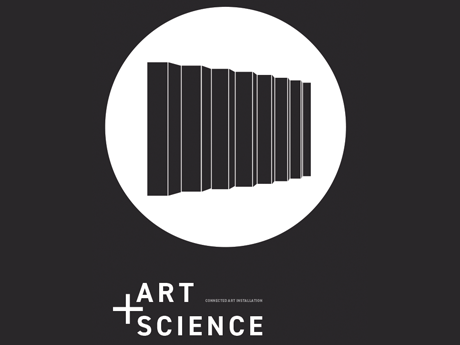An analogue storytelling framework for interaction designers.
A Master Thesis by Enes Ünal
3. Semester, 2016
Prof. Andrea Krajewski, Tilman Deuschel
Leadership in the Creative Industries
When you think of the Evernote app, does the image of “Magician” come to mind? Does the blog app Medium conjure up the “Explorer”? Are there similarities between Tinder and the “Lover”? If the way we design interactions are right and archetype based, these characters can spring to the mind as part of the identification of an interactive product.
Interactive media have their own personality. Today there are no tools available to interaction designers that are tailored to help them design an application’s character. The Interaction Design Kit, which is a practical, repeatable approach to arriving at character-based interaction concepts for media systems. There are two theories that this Kit builds on in order to achieve the goal of designing such a tool:

In 1919 Swiss psychiatrist and psychotherapist Carl Gustav Jung introduced his concept of “archetypes”. He refered to it as a universal idea of characters and found them appearing primarily in dreams. Today, those archetypes are used in many contexts, e.g. in marketing to create brand personalities. Christopher Vogler’s Hero’s Journey is based on Campbell’s observation that every human story and myth follows a similar structure. Many hollywood screenwriters successfully used and still use it today as their guide to tell their own stories to huge audiences.
This Master Thesis (“Supporting the process of the application character design from the Interaction Designer’s perspective”) takes a novel approach by combining these two elements into an analogue storytelling framework for interaction designers. It consists of a poster as a working surface and method cards with character discriptions. The idea is simple: Designers map out the experience and uses cases on the hero’s journey, different archetypes will go through as interaction partners.


